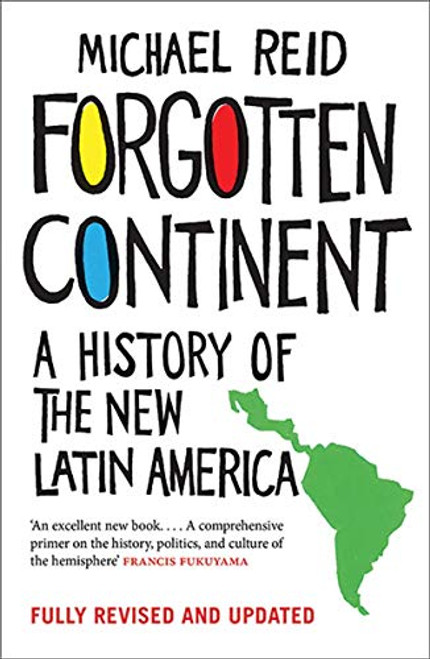One of Publishers Weekly's 10 Best Books of 2017 Longlisted for the National Book Award This powerful and disturbing history exposes how American governments deliberately imposed racial segregation on metropolitan areas nationwide (New York Times Book Review). In this groundbreaking history of the modern American metropolis, Richard Rothstein, a leading authority on housing policy, explodes the myth that Americas cities came to be racially divided through de facto segregationthat is, through individual prejudices, income differences, or the actions of private institutions like banks and real estate agencies. Rather, The Color of Law incontrovertibly makes clear that it was de jure segregationthe laws and policy decisions passed by local, state, and federal governmentsthat actually promoted the discriminatory patterns that continue to this day. Through extraordinary revelations and extensive research that Ta-Nehisi Coates has lauded as "brilliant" (The Atlantic), Rothstein comes to chronicle nothing less than an untold story that begins in the 1920s, showing how this process of de jure segregation began with explicit racial zoning, as millions of African Americans moved in a great historical migration from the south to the north. As Jane Jacobs established in her classic The Death and Life of Great American Cities, it was the deeply flawed urban planning of the 1950s that created many of the impoverished neighborhoods we know. Now, Rothstein expands our understanding of this history, showing how government policies led to the creation of officially segregated public housing and the demolition of previously integrated neighborhoods. While urban areas rapidly deteriorated, the great American suburbanization of the postWorld War II years was spurred on by federal subsidies for builders on the condition that no homes be sold to African Americans. Finally, Rothstein shows how police and prosecutors brutally upheld these standards by supporting violent resistance to black families in white neighborhoods. The Fair Housing Act of 1968 prohibited future discrimination but did nothing to reverse residential patterns that had become deeply embedded. Yet recent outbursts of violence in cities like Baltimore, Ferguson, and Minneapolis show us precisely how the legacy of these earlier eras contributes to persistent racial unrest. The American landscape will never look the same to readers of this important book (Sherrilyn Ifill, president of the NAACP Legal Defense Fund), as Rothsteins invaluable examination shows that only by relearning this history can we finally pave the way for the nation to remedy its unconstitutional past. 13 illustrations
The Color of Law: A Forgotten History of How Our Government Segregated America
Liveright Publishing Corporation
$19.11 - $50.32
- UPC:
- 9781631492853
- Maximum Purchase:
- 2 units
- Binding:
- Hardcover
- Publication Date:
- 5/2/2017
- Release Date:
- 5/2/2017
- Author:
- Rothstein, Richard
- Language:
- English: Published; English: Original Language; English: Menu; English
- Edition:
- Illustrated
- Pages:
- 368










